10 Tips for Parents: How to find the perfect pair of glasses for your child
If you’re a parent searching for the right pair of glasses for your child, walking into an optical store might be a little overwhelming. While there’s definitely no shortage of children’s eyeglass frames, trying to find a pair that is both suitable for your child and tough enough to survive the ride home can be a surprisingly daunting task.
To put things in perspective, most children who need eyeglasses are either nearsighted or farsighted. Depending on their individual circumstances, your optician will prescribe glasses for either full or part time wear. Kids who need to wear glasses full time often have eyesight problems severe enough to cause difficulty in daily life unless they have aid. On the other hand, some kids may only need to put on their glasses when they’re reading or doing homework.
While the eye doctor might make specific recommendations about the types of frames to choose, most of the time you and your child will have a lot of options to choose from. While your child is trying on different frames, it’s important to consider the following 10 points to ensure that you will get a pair of glasses that are suitable for your child.
Table of Contents
Lens Thickness
The first and most important thing to consider when it comes to choosing glasses is, of course, the lens. Your child’s prescription will determine what exactly he or she needs.
If the prescription requires strong or especially thick lenses, it’s important to keep the frames as small as possible in order to reduce the final lens thickness. An overly thick lens not only looks awkward but is more likely to have aberrations near the edges that can cause blurred or distorted peripheral vision.
Fashion
It may not seem important to you, but if your child is going to wear glasses all the time, it’s important to get a pair that looks good. Kids can be mean, and your child might be reluctant to wear an “uncool” or ugly looking pair of glasses if they think that it might get them teased by all the other kids. If it’s your child’s first time wearing glasses, it’s important to to give a chance to choose their own pair – after all, they’d be much more likely to wear the glasses if they picked it out themselves.
If you have to choose for your child, consider their own tastes and preferences or look up some popular bespectacled singers or celebrities for inspiration on what’s currently “in style”. However, you should still steer your child away from frames that are clearly too expensive or inappropriate.
Plastic VS Metal Frames
The type of material used for the frames is also something to consider. In the past, plastic was more popular because of its greater durability, lighter weight, and lower prices. However, over the last decade or so manufacturers have started making metal frames with alloys that have similar features, meaning that metal frames are no longer off limits.
If your child has shown sensitivity towards certain materials, it’s important to talk with your optometrist to find a pair of frames made from hypoallergenic materials. For example, if your child is allergic to alloys containing nickel, you should look for plastic frames or frames that don’t contain traces of nickel.
Bridge Fit
The bridge is an important part of the fitting process because it helps the glasses stay in place. If the frame design doesn’t fit your child’s bridge, the weight of the lenses can cause the glasses to keep sliding down your child’s nose.
Each frame must be individually evaluated to make sure that it fits the bridge. Fortunately, most metal frames come with adjustable nose pads so that they’ll fit comfortably. Many manufacturers also design plastic frames with bridges that can fit small noses. Before purchasing any glasses, make sure your child has a chance to try wearing them first to see if it’ll fit comfortably.
Temple Fit
If you’re buying glasses for a younger child, you might want to consider cable temples. This temple style wraps around a child’s ear to keep the glasses firmly in place – an invaluable feature for glasses meant for toddlers or other small children. Another option is to have a strap that goes around the head and keeps the glasses from falling off while your child is playing.
However, note that these features can make the glasses more awkward to put on or take off, meaning that if your child doesn’t need to wear glasses all the time it may be better to stick to standard designs.
Spring Hinge
Spring hinges are a feature that allows the temples to flex outwards without causing any damage. Kids are not always careful, and a spring hinge can prevent the need for frequent adjustments or repairs. They’re also useful if your child falls asleep with their glasses on or has a rough day in the playground.
If you’re purchasing glasses for a toddler, spring hinges are strongly recommended as small children can sometimes get carried away while playing with their new glasses.
Lens Material
Once you’ve found a frame your child likes, it’s time to consider the lends itself.
Children’s lenses should be made using either polycarbonate or Trivex. Both of these materials are impact resistant and are significantly lighter compared to regular plastic lenses, which means that your child will feel more comfortable wearing them – especially if their prescription calls for a thick lens.
In addition, both polycarbonate and Trivex have built in protection against potentially damaging UV rays. These type of lenses also receive a scratch resistant coating by the manufacturer or fabrication lab.
The least desirable material for your child’s lenses is glass. Not only is it heavier (meaning that it’s less comfortable to wear), but glass is also vulnerable to shattering, which can be a hazard to the eye. Even if the glass is treated for impact resistance, it’s much better to stick to either polycarbonate or Trivex for maximum peace of mind.
Sports Eyewear
While polycarbonate lenses are safe enough to wear while playing sports, the problem is that most frames aren’t designed to provide protection from large objects such as balls. As such, if you have an active child, it may be worth investing in a pair of proper sports goggles to prevent their glasses from breaking and protect their eyes from injury.
A properly fitted pair of sports goggles should have larger vertical eye openings compared to your child’s regular glasses. This will prevent damage to the globe of the eye if the goggles are pushed towards the face.
Glasses Care
If this is your child’s first pair of glasses, it’s important to teach them how to clean and maintain their glasses properly. Something as simple as taking glasses on and off properly can be enough to prevent the need for future readjustments.
Apart from that, if your child only uses his or her glasses part time, it might be worth investing in a hard protective case where they can store the glasses when not in use. Write their name and phone number on the case so that they can be returned if lost.
Backup Pair
While maintaining their glasses properly can reduce the chance of damage, it’s still a good idea to have a backup pair available.
It usually takes a few days for the optician to fix a new pair of glasses, which can make things difficult for those who have a strong prescription.
Fortunately, many opticians are willing to provide discounts for backup pairs if bought at the same time as the primary pair. If your child’s presciption has not changed significantly, it might be useful to keep their old eyeglasses in a safe place so that they can be used as temporary spares in emergencies.

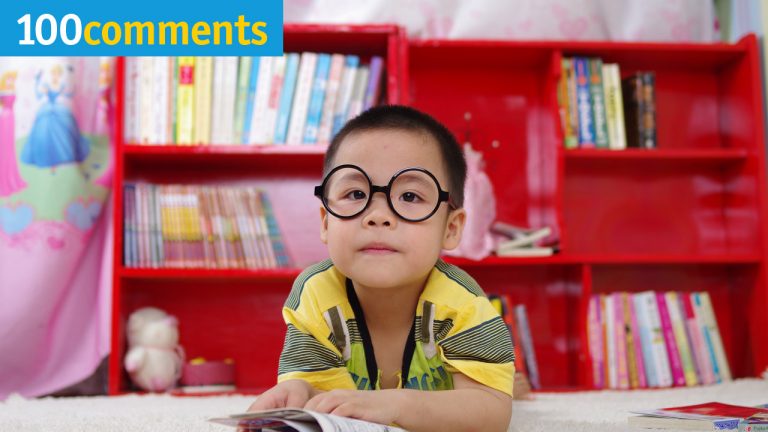
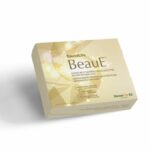



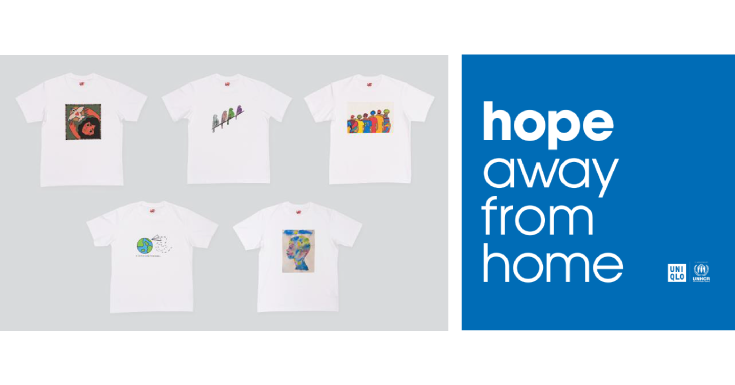

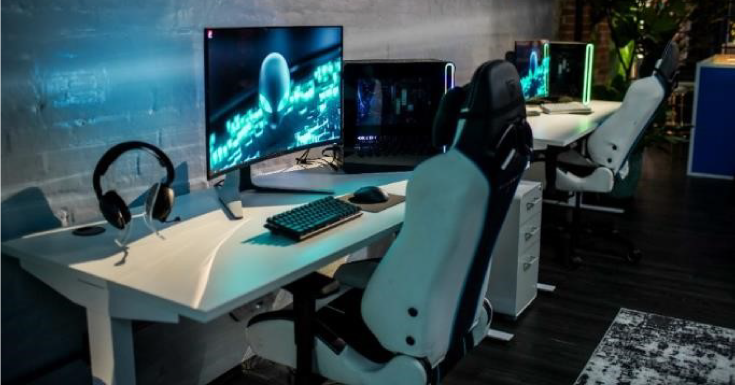

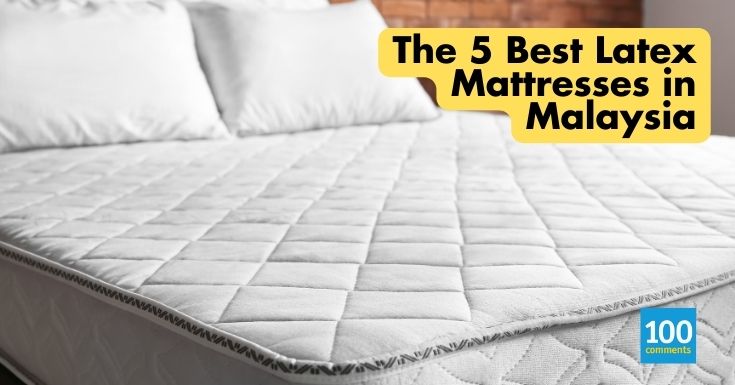
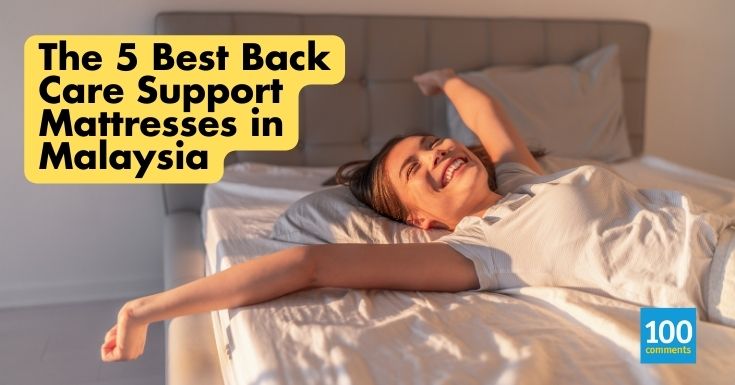

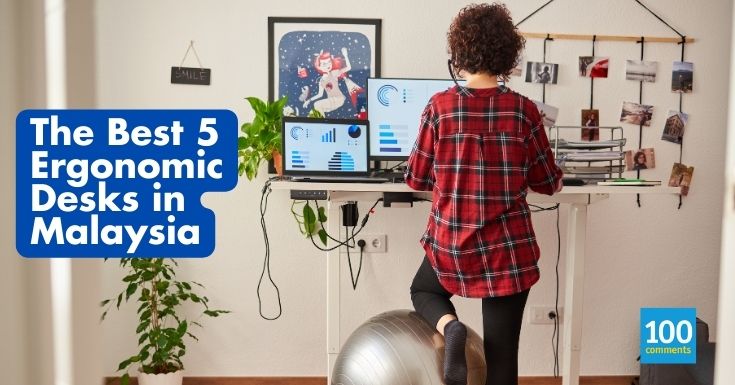
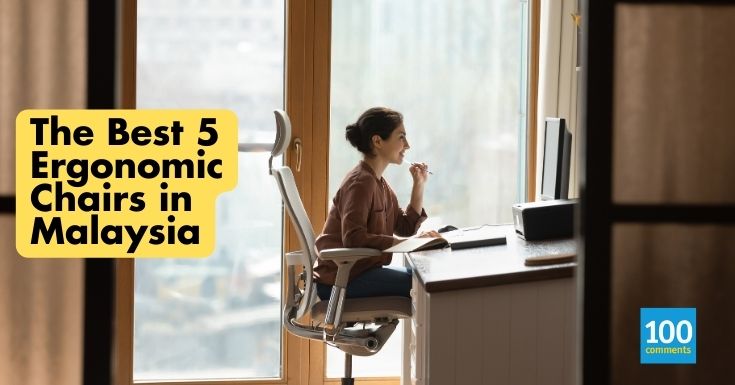






Leave a comment